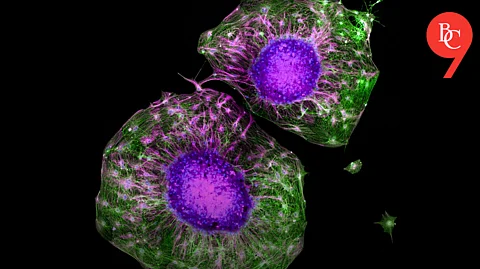

MIT engineers have revealed that exercise not only strengthens muscles but also promotes the growth and maturation of neurons, offering new possibilities for treating nerve injuries and neurodegenerative diseases like ALS (Amyotrophic Lateral Sclerosis). This discovery highlights the dual impact of exercise,biochemical and mechanical,on nerve health, paving the way for innovative therapies.
During exercise, muscle contractions release biochemical compounds called myokines, which act as growth stimulants for neurons.Neurons exposed to these signals grew four times farther compared to those without myokine stimulation.Genetic analysis showed increased expression of genes responsible for neuron growth, maturation, and communication with muscles.
Neurons also respond to the mechanical forces generated during exercise, such as stretching and pulling caused by muscle contractions.Experiments mimicking these forces showed neuron growth comparable to biochemical stimulation, proving that physical effects are equally vital.
Exercise-based therapies could help heal damaged nerves by restoring communication between muscles and neurons. Diseases like ALS and multiple sclerosis may benefit from targeted therapies inspired by this research, focusing on neuron regeneration and functionality.The study opens doors for developing artificial systems that replicate the biochemical and mechanical effects of exercise to promote nerve growth in non-ambulatory patients.
Led by Ritu Raman, the Eugene Bell Career Development Assistant Professor of Mechanical Engineering at MIT, the team plans to explore how these findings can be translated into clinical therapies. By leveraging light-induced muscle contractions in lab-grown tissues, researchers aim to create scalable solutions for nerve repair.
MIT’s discovery underscores the profound connection between physical activity and brain health. By demonstrating how exercise fosters neuron growth through both biochemical signals and mechanical stimulation, this research offers hope for revolutionary treatments in neurology. As Ritu Raman aptly stated: “Now that we know this muscle-nerve crosstalk exists, it can be useful for treating things like nerve injury.” This breakthrough could redefine how we approach brain health and neurodegenerative diseases.
